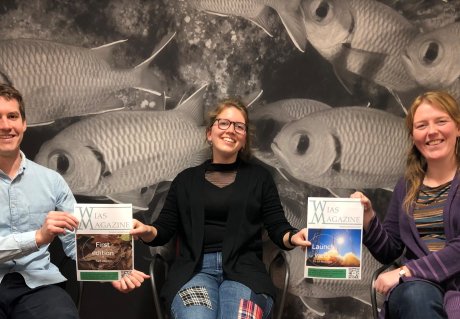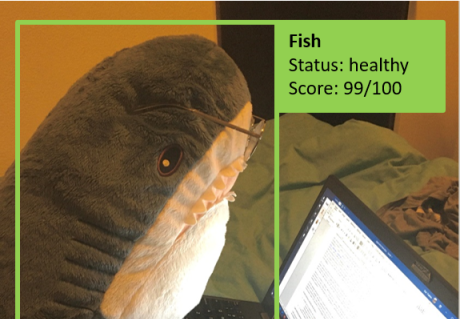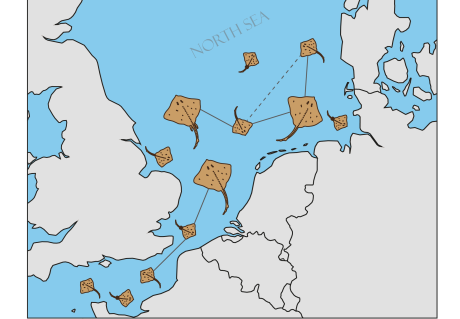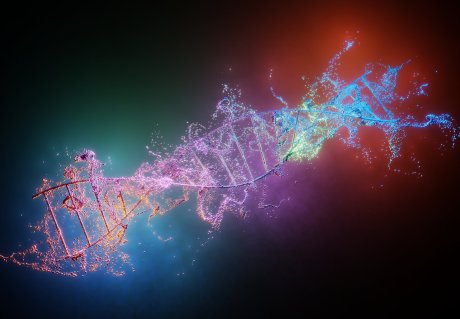
Select at first sight: image analysis improves fish breeding
WIAS magazine - fall edition 2021
Research Overview
Keywords: image analysis, automatic phenotyping, breeding selection, aquaculture
Fish farmers want healthy fish to grow faster. However, to properly measure their health status and growth speed, fish needs to be killed or paralyzed for biological samples. This will easily stress the fish and disturb their health. On top of that, the acquired measurements are often lagging behind the real-time development. In Xue’s PhD project, together with breeding company Hendrix Genetics, she will explore the possibility of using image analysis as a fast, real-time and fish-friendly alternative.
How much information can you get from someone’s profile image? Thanks to the fast development of computer vision technology, the answers are much more diverse than you might expect: Physical attributes, emotional expression, health status, etc. We are entering an era where we can fairly judge a book by its cover.
Researchers in the Department of Animal Sciences are now bringing this new opportunity into animal breeding. In a project funded by the Top Consortium for Knowledge and Innovation (TKI) and breeding company Hendrix Genetics, PhD candidate Yuanxu (Yuuko) Xue, is working on using images to bridge interior traits with exterior appearance, on fish species like salmon, seabream, sea bass and rainbow trout.
Nothing hides from the camera
How inner traits can be revealed as exterior phenotypes might sound abstract. Xue gives an illustrative example of how it works in reality. “Salmon, for instance, is easily stressed during manipulation like tagging and weighing. The stress will lead to a drop in the level of skin pigment as a metabolic response.”
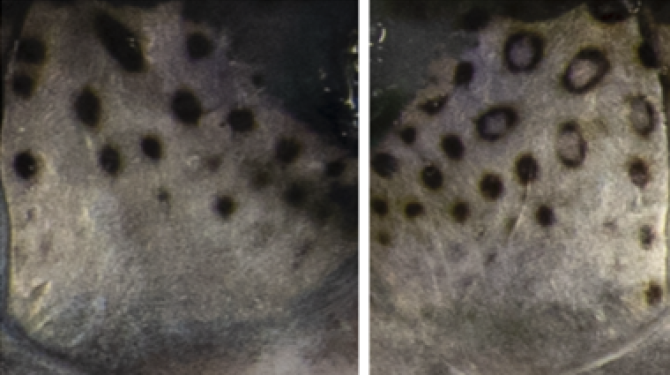
Image source: Thorsen, DK. , 2019. Melanin-based skin pigmentation and stress in Atlantic salmon (Salmo salar). MSc thesis. Norwegian University of Life Sciences, Norway. https://www.nmbu.no/en/faculty/biovit
“In these two pictures you see the operculum region of a fish. Operculum is the protective covering for the gills with a layer of thin skin. The left and right images are the skin color in this region before and after handling of the fish. You can see that some of the dots faded into rings. It clearly shows the effect of pigment reduction, caused by disturbance in metabolism”.
“In her MSc Thesis, Xue already developed methods that can make measurements about farmed fish while simultaneously disturb these fish less. It was a promising start”. John, the daily supervisor of Xue, is confident of the output of the project.
Select at first sight
Current measurements of metabolism and health still largely rely on the sacrificing of fish and anatomical results. The research team hope this project can further benefit the wellbeing of the fish and improve the quality of data collection. However, the ambition of Xue and her colleagues goes beyond reading traits from images to the idea of selection at first sight: “If you can learn everything about a fish from the image, you can immediately decide if you want to keep it for breeding or not, since we usually only keep the best ones for breeding. We hope this can help farmers to know their fish faster and better, without killing them”.
